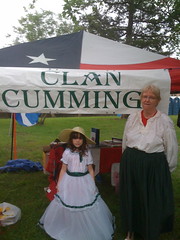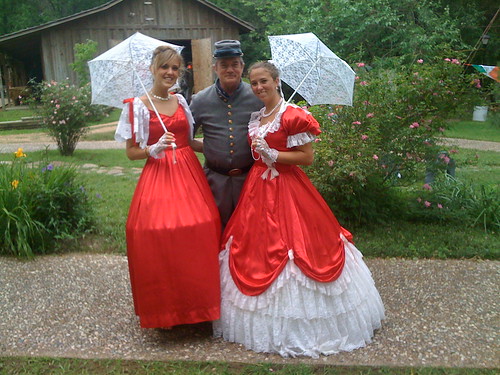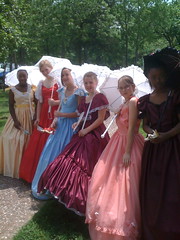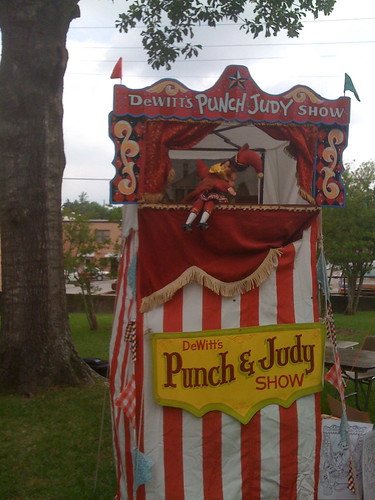“Why We Remember the Confederacy”
Published: Sunday, March 29, 2009 3:27 PM CDT
Stephenville Empire-Tribune
by Joyce Whitis
Texas Senate Resolution No. 628 was adopted on March 30, 1999 and recognized the month of April as Confederate History and Heritage Month in the State of Texas. The resolution encourages all Texas schools and citizens to join the effort to become more knowledgeable about the role of the Confederate States of America in the history of our country.
So, does anybody out there care? Well, the Sons of the Confederate Veterans care. The United Daughters of the Confederacy care. But does anybody else out there really care that their ancestors, if they lived in the south, rallied to fight for their beliefs that states have rights not delegated to the Federal Government. The common term for the war that split this country apart and took the lives of hundreds of thousands of young men, is known as the American Civil War. But, in fact, a Civil War is an uprising among the citizens to overthrow the government. The South did not attempt to overthrow the government of the United States but was invaded by the North and simply fought back with everything that they had. In reality this war that took so many lives was an attempt by eleven states, all Southern, to withdraw from the Union and to establish their own government. The North did not want this to happen.
Because they had entered the United States on their own, Southerners believed that they could leave on their own. This was opposed by the Northern states. The North was industrialized. The South was almost entirely Agricultural. This was hardly one nation but two parts with very different trails set for the future. There was a clear separation in 1860, which exists to some extent to this very day.
It is a fact that Texas is generally thought of as a “western” rather than a “southern” state but it is also a fact that Texas played a significant role in the bloodiest of all wars that this nation has fought. Texas was settled by people from many states and to a lesser extent folks from other countries but mostly citizens from the Southern states came here and became Texas citizens. Therefore when the question of secession was presented, Texans voted overwhelmingly to leave the Union that they had joined only 15 years before and leave with the other southern states.
An ordinance to dissolve the Union between the State of Texas and the Federal Government was read to those assembled in convention in Austin the last day of February 1861; it was voted on and passed by a vote of 166 for to eight against.
The Texas flag was carried by Texas Confederate soldiers in every major battle of that war and the state sent more than 115,000 soldiers and sailors to the service of the Confederate States of America. The general opinion of that war is that it was all about slavery when in fact most of those soldiers owned no slaves but instead battled to save their country as soldiers everywhere have always done. They fought to defend their homes, their families and their proud heritage as Texans.
Several important battles took place in Texas including the Battle of Palmetto Ranch near Brownsville. Gen. Robert E. Lee had surrendered Confederate forces on April 8 but word had not reached the CSA army in Texas. This last battle took place May 12-14, weeks after the war was over. Texans were victorious so the final battle was won by Confederates…Texas Confederates!
Reminders of that war are everywhere throughout the South and especially in Texas where the “Bonnie Blue Flag” that bears a single star flew over very battle that involved Texans. Many of the towns, communities and counties in Texas are named for those soldiers including our own, Erath named for Col. George B. Erath; Gen. Pat Cleburne, John Bell Hood, Gen. Hiram B. Granbury, Lubbock, Hardeman, Robert Lee, to name only a few. There are more than 600 known CSA veterans buried in Erath County and many of those former Confederates made lasting contributions to this area.
The Huckabay community was settled by a wagon train composed mostly of Confederate veterans who left a devastated Southland in an attempt to find new homes in Texas. They settled in this area, built homes, churches and schools and they lie buried in the cemeteries of Huckabay, Mount Pleasant and Hannibal. But their descendents live on and work and thrive in the communities that they began so many years ago. Other descendents of Confederate soldiers live their daily lives in Stephenville, Dublin, Oak Dale, Morgan Mill, Shelby, Liberty, and Selden.
Texas suffered less than their sister states because of their location and so there was a vast movement of Southerners to Texas in the ‘70s. Today those veterans lie buried beneath the rich soil of Texas and in the month of April, Sons of Confederate Veterans and members of the United Daughters of the Confederacy will place Confederate flags on those graves out of respect for and remembrance of their ancestors. Texas was an important part of that Confederacy and the history of those men deserves to be remembered. When you see these flags remember that they are not racist symbols but instead each one flies in honor of soldier who fought for his country.








